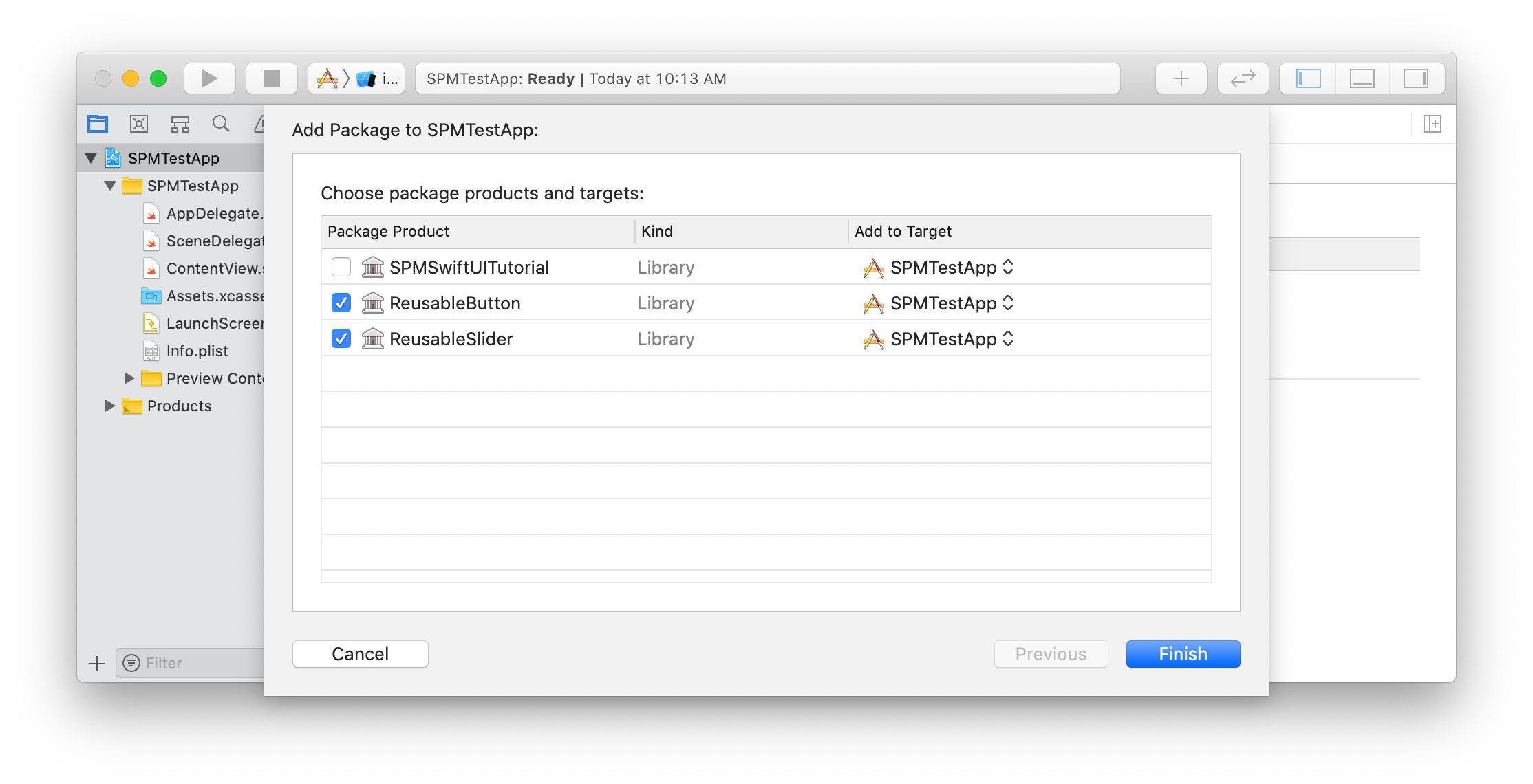

This was used to create the Swift build system. That’s llbuild, a low-level build system. Instead of from scratch creating a build tool for Swift, they created an abstraction which makes it feasible to build complex builds systems quicker. Perhaps the most commonly used Swift compiler directive is the #if command, which enables us to conditionally include or exclude certain code blocks when our program is being compiled.įor example, we might use that command to check if our app is currently being compiled with its debug build configuration, by checking if the default DEBUG flag is enabled. Apple’s approach to building a build system is smart. When editing the Package.swift file in AppCode, you can use the target name and path completion: Every time you edit the manifest file, the structure of the Swift Package Manager project changes, and you need to load these changes to AppCode. This week, let’s take a look at a few of those compiler directives and what sort of situations that each of them might be particularly useful in.

However, sometimes we might want to perform certain checks and run other kinds of custom logic when our code is being compiled, and although Swift doesn’t (yet) include a fully-featured macro or preprocessing system, it does ship with a few built-in compiler directives and conditions that enable us to influence the compilation process in various ways. Even though Swift has a very strong compile-time focus when it comes to how it verifies and type-checks the code that we write, it’s still primarily used to implement runtime logic. This course also helps developers who are working on big mono-repo projects in their own profession battling with slow compilation time and need to extract and.


 0 kommentar(er)
0 kommentar(er)
